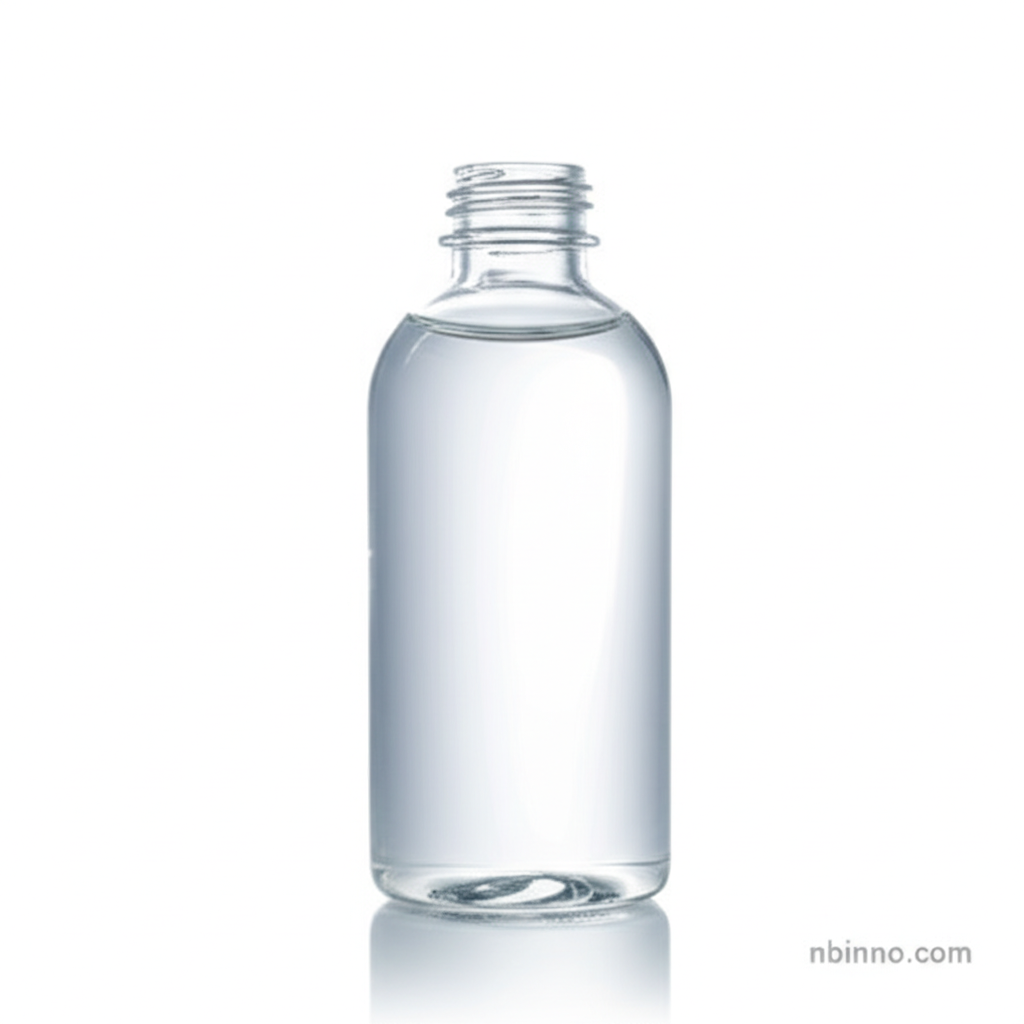2-Hydroxyethyl Methacrylate (HEMA): A Versatile Monomer for Coatings, Adhesives, and Medical Polymers
Discover the exceptional properties of 2-Hydroxyethyl Methacrylate (HEMA), a key monomer driving innovation in advanced materials. Explore its applications from high-performance coatings to cutting-edge biomedical devices.
Get a Quote & SampleProduct Core Value

2-Hydroxyethyl Methacrylate
As a leading supplier in China, we offer 2-Hydroxyethyl Methacrylate (HEMA), a hydrophilic monomer with a unique reactive hydroxyl group. This chemical property allows HEMA to participate in esterification, cross-linking, and copolymerization, leading to resins with significantly enhanced adhesion, durability, and overall performance. Its versatility makes it an indispensable component in a wide array of industrial and medical applications.
- Enhance polymer properties with Hydroxyethyl Methacrylate applications, enabling superior performance in demanding environments.
- Explore the diverse uses of the HEMA monomer in creating advanced materials for a competitive market.
- Leverage the unique benefits of hydrophilic monomer properties for innovative product development.
- Trust us as your reliable manufacturer in China for high-quality HEMA for your Coatings and Adhesives needs.
Key Advantages of HEMA
Exceptional Adhesion and Durability
The reactive hydroxyl group in HEMA enhances its ability to bond with various substrates, contributing to the long-term durability and resilience of finished products, a key aspect of effective Medical Polymer Materials HEMA utilization.
Hydrophilic Properties for Advanced Materials
HEMA's inherent hydrophilic nature makes it ideal for applications requiring water absorption or moisture management, a critical factor in developing hydrogels and medical devices utilizing HEMA monomer uses.
Versatile Copolymerization Capabilities
As a versatile monomer, HEMA readily copolymerizes with a wide range of other monomers, allowing for the precise tailoring of polymer properties to meet specific application requirements in areas like Textile Treatment Agent HEMA.
Key Applications
Coatings
Utilized in high-performance coatings for automotive, industrial, and architectural applications, providing excellent scratch, solvent, and weather resistance, crucial for durable finishes.
Adhesives and Sealants
Formulates strong and durable adhesives and sealants, enhancing bonding strength to diverse substrates in construction, automotive, and electronics industries.
Medical Materials
A foundational component for hydrogel-based biomedical applications such as soft contact lenses and drug delivery systems due to its biocompatibility and moisture retention properties.
Textile Treatments
Acts as a fiber treatment agent, improving the adhesion and durability of finishes on synthetic fibers for enhanced performance in apparel and industrial textiles.
